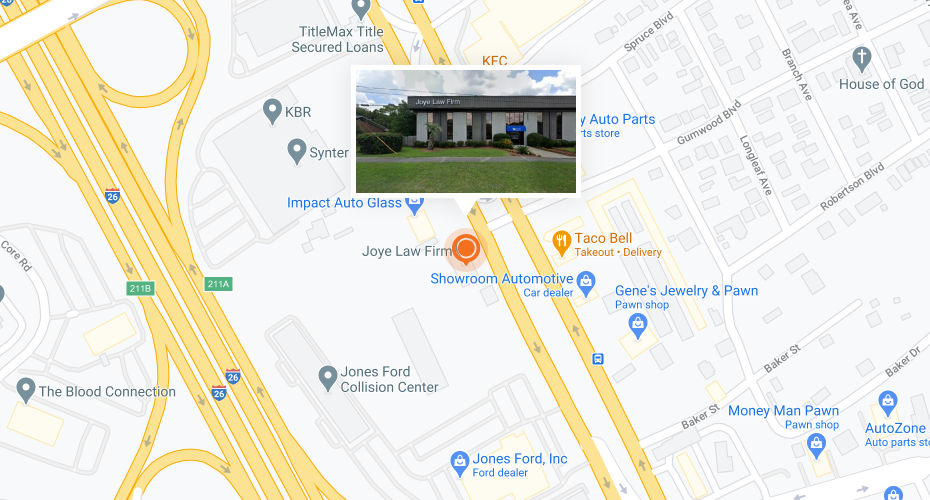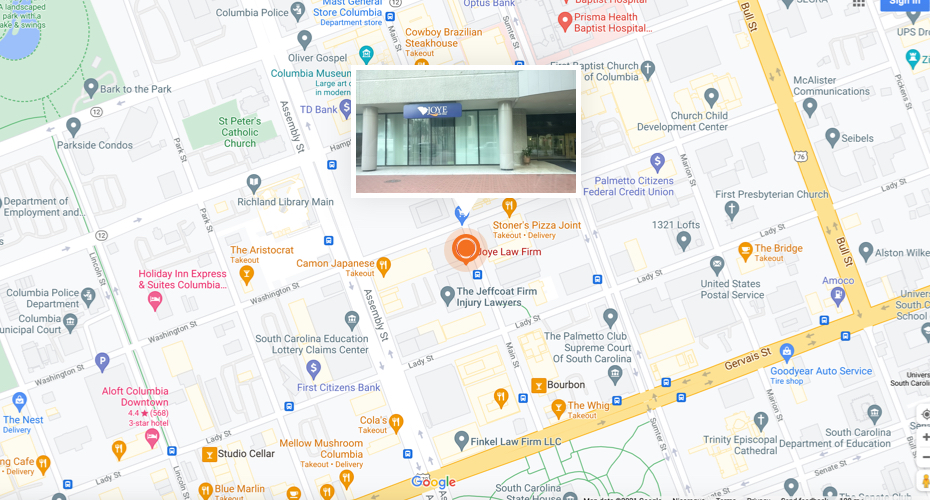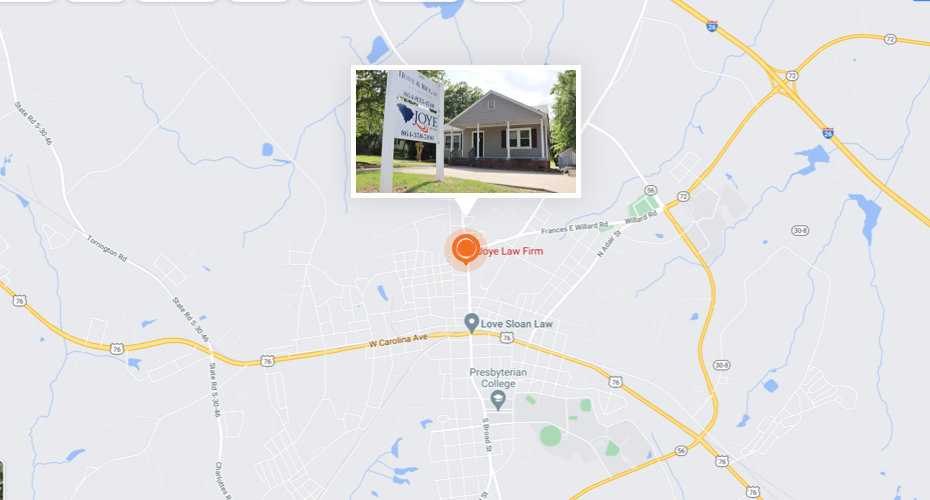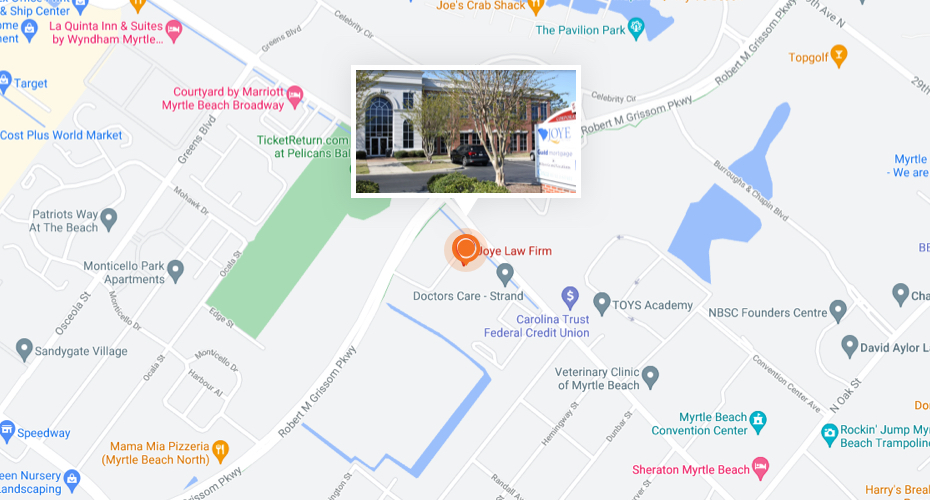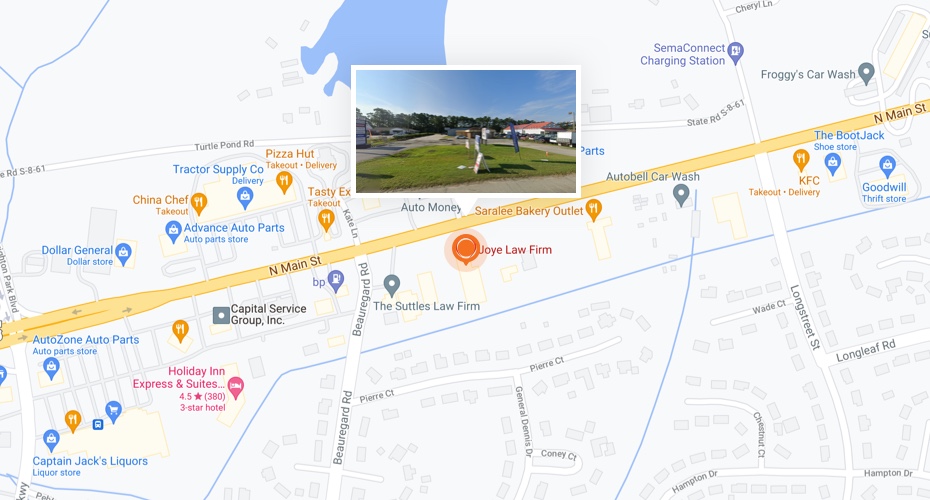With the increase in the number of drivers both locally and on our nation’s highways and interstates, there has been a corresponding increase in the number of automobile crashes and collisions. While following the required traffic rules and regulations and practicing defensive driving skills plays an important role in ensuring the safety of you and your passengers, you cannot control the behavior of other drivers or the road and weather conditions that can contribute to an accident. However, when injuries do occur, you may be able to get compensation through an insurance company claim or by filing a personal injury lawsuit.
At the Joye Law Firm, one of the questions our Clinton car accident attorneys frequently hear concerns accidents involving multiple vehicles. While these types of accidents are not common, when they do occur the injuries that result are often severe and potentially life threatening. When there are multiple drivers involved in a car accident, how do you determine which driver is at fault? More importantly, how do you know which one is legally responsible for paying the costs you have incurred as the result of your injuries? In many of these types of situations, the blame for the accident is often spread out among several parties, with each one having to pay a certain amount of compensation based on their particular level of contribution.
Multi-Vehicle Car Accidents
Car accidents and injuries are unfortunately common through the U.S., affecting both drivers as well as their passengers. According to the National Highway Traffic Safety Administration (NHTSA), close to six million motor vehicle accidents are reported to the police each year, injuring more than two million people and resulting in more than 32,000 fatalities. There are a variety of risk factors that can contribute to the likelihood of being involved in an accident, as well as factors that influence the likelihood that those involved will suffer serious injuries.
The NHTSA reports that while single and double vehicle accidents are the most common type of car accidents that occur, multiple vehicle accidents involving three or more drivers are among the most severe. While dangerous driving behaviors, such as reckless driving, driving under the influence, and distracted driving, are known to put drivers at risk, the NHTSA states that there are others factors that increase the likelihood that a crash or collision could occur. These include the following:
- Road characteristics, such as pavement type and condition, as well as road alignment and grade;
- Road type, such as urban or rural roads;
- Weather conditions, such as the presence of rain, ice, or fog;
- Traffic controls, such as the presence of stop signs or signals;
- Posted speed limits, which drivers are required to follow.
The NHTSA reports that for multi-vehicle collisions, the most common conditions for these accidents to occur are on blacktop roads, in urban settings, with drivers traveling at high rates of speed. Under these conditions, one wrong move by a motorist could set off a chain reaction, potentially impacting the cars both in front of and behind the driver.
Determining Liability
A multi-vehicle accident may involve a variety of scenarios, but often starts with the actions of a single driver. Perhaps that driver was following too closely to other vehicles, and when they slammed on their breaks, a chain reaction occurred with numerous drivers hitting into one another. A multi-vehicle accident may also involve a driver who swerved out of their lane and into oncoming traffic, again requiring other drivers to slam on their brakes and causing multiple collisions. In these types of situations, it can be difficult to determine which driver is legally liable – the one who caused the accident, or the driver whose reactions to the accident ultimately affected you. Under South Carolina law, while the original at fault driver may have been negligent in causing the multi-vehicle pileup, others involved may be held liable if their reactions affected you under the theory of comparative negligence. Comparative negligence assigns blame, as well as financial responsibility, according to percentage. The procedure for apportioning this responsibility is outlined by the court:
- Determine the total amount of damages the victim is entitled to receive;
- Determine the percentage of fault for each driver involved;
- Each driver is then responsible for paying their percentage of the total amount of damages.
Even if you were found to be partly responsible for your own injuries in a multi-vehicle pileup, you are still entitled to compensation, provided the other driver’s percentage of responsibility is 50 percent or greater.
What to Do if You are Involved in a Multi-Vehicle Accident
Any time you are involved in a car accident or even a minor collision, it is important to take certain steps to ensure your rights are protected:
- Notify law enforcement or the state police;
- Call an ambulance for those who have been injured;
- Exchange contact information with other drivers at the scene, including your driver’s license, registration, and insurance numbers;
- Seek medical care immediately, regardless of how minor your injuries may appear. Many serious condition have symptoms which can take days or even works to appear.
- Notify your insurer as soon as possible.
In a multi-vehicle pile-up, make a mental note of the conditions leading up to the accident, and contact our experienced car accident attorneys before making any statements to the insurance company. It is important to realize that any statements you make throughout this time, to law enforcement or to your insurance representative, could be used later to dispute or deny your claim.
Get the Legal Representation You Need Today
If you or someone you care about is injured in a car accident, contact our experienced Clinton car accident attorneys right away. At the Joye Law Firm, we provide aggressive legal representation for injured victims, acting as a strong legal advocate to ensure your rights and interests are protected. We can advise you on how to hold responsible drivers accountable for the injuries you have suffered, and assist you in getting the compensation you are entitled to.



























